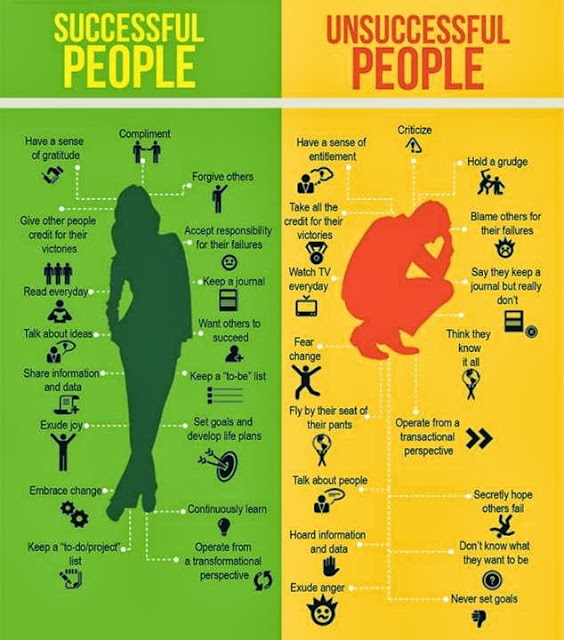E-Waste in Australia
"This is the motherboard of all problems. Federal and state governments must act to stop the dumping of millions of electronic items in landfill each year," says Jeff Angel, director of the Total Environment Centre (TEC), an independent Australian green organisation.
In a report released earlier this month titled ‘Tipping Point: Australia's E-Waste Crisis', the TEC says that by the end of 2008, in excess of 168 million items of electronic waste -- known as e-waste -- will either be in landfills or on their way to be buried in the ground.
The problem with this method of disposal, says the TEC's resource conservation campaigner, Jane Castle, is the hazardous legacy that e-waste can create.
"There are toxic materials that are leached out of these products when they're in landfill and they can damage human and environmental health," says Castle.
Among the toxins that can escape from computers, cell phones, printers and photocopiers are mercury, lead, arsenic and cadmium. The TEC says that through the federally administered phase-out of incandescent lamps -- they are being replaced with more efficient compact fluorescent lamps -- some 1,300 grams of mercury is heading to landfills in the state of New South Wales alone.
Just one gram of mercury is enough to contaminate four billion litres of water above internationally accepted safety standards.
And with Australians among the top-ten consumers of electronic items in the world, the TEC is warning that the problem of e-waste is becoming a crisis.
Sales of computers, mobile phones and digital cameras have all increased in recent years, and a large percentage of these products will eventually end up in landfill sites.
According to the Tipping Point report, elements such as indium, lead and copper have respectively only 10, 42 and 61 years worth of supply left. Among e-waste items where these materials can be found are televisions, batteries, monitors, circuit boards and computer chips.But while the increasing amounts of e-waste dumped in Australia means that the potential threat to health is growing, a trend in recent years has seen e-waste sent from one country to another, with China, India and Kenya all being recipients."

Comments
Post a Comment